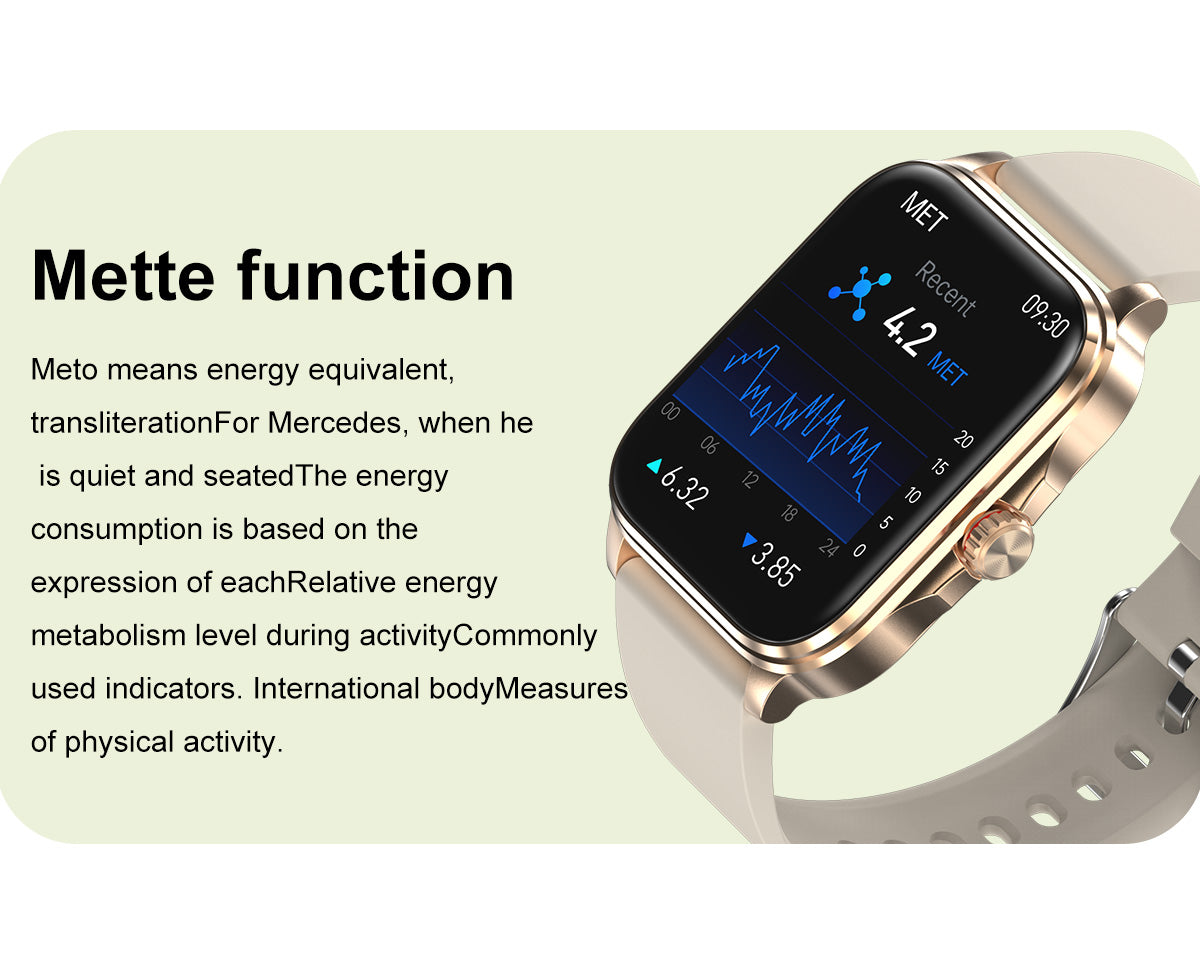Six Yoga Poses to Open Your Hips Easily!
With the popularity of yoga, more and more women have joined the yoga army. As the first lesson of yoga, hip opening is a must experience for yoga beginners. Opening the hips can not only help beginners practice yoga postures in a more standard way, but also improve the elasticity of the thigh ligaments to prevent severe stretching from causing damage to the legs and hips.
For yoga beginners, opening the hips is not a simple matter. There are many beginners who don’t know how to open the hips efficiently. They press their legs every day to open the hips, endure the pain, and spend a lot of time and energy, but the effect is not very obvious.
In fact, there are many precise and effective hip-opening postures in yoga, which can help beginners open their hips more efficiently. Today I will introduce to you a few hip-opening poses. Practicing them every day can help you stretch your hips, improve hip flexibility, relieve hip tension, and help you open your hips easily.
Note: You still need to warm up before starting to practice. When doing hip-opening poses, you should limit yourself to what you can bear. Don't force it to avoid injury.
Butterfly Pose
Recommended duration: 3~5 minutes.
Risks and Contraindications: People with lower back pain or knee injuries are advised to adjust their posture or practice with caution.
- Sit on the mat with the balls of your feet together and pull your heels toward your body. Open your knees and press down to the sides.
- Keep your outer buttocks on the ground and grab the outer edges of your feet with both hands.
- Press your body down to stretch your spine and back.
Half Butterfly
Recommended duration: 3~5 minutes.
Risks and Contraindications: Patients with knee joint pain should adjust their posture or practice with caution.
- While sitting on the mat, stretch one leg forward and gently bend the outstretched foot.
- Bend your other leg and press the sole of your foot into the inner thigh of your straight leg.
- Raise both arms above your head, lift the body from both sides of the waist, then press the body forward and downward from the hips, and at the same time stretch the sternum forward.
- Grasp the ball of your outstretched foot or calf and relax your forward bend.
- Repeat on the other side.
Frog Pose
Recommended duration: 2~5 minutes.
Risks and Contraindications: Hernia patients should not practice frog pose, and patients with knee joint pain should adjust their posture.
- Get on your hands and knees and open your legs so that the distance between your knees is wider than your hips.
- Bend the tops of your feet and open your feet wider than the distance between your knees.
- Place your forearms on the ground, supported by your elbows. Place your hands on the ground, open your palms or interlace your fingers.
- Press your hips down and tilt your tailbone forward.
- Keep your shoulders relaxed and extend your head forward. Stare at the ground with your eyes, keeping your cervical vertebra and spine level.
Squat
Recommended duration: 2~3 minutes.
Risks and Contraindications: People with knee or hip pain should not practice squats.
- Start in a hanging position with your feet spread out to the sides, feet wider than hip-width apart and toes pointing out.
- Keep your tailbone toward the ground until your sit bones are about 10 centimeters away from the mat.
- While lifting the inside of your foot, keep the outside edge of your foot close to the ground.
- With your palms facing each other, press your elbows into the inside of your knees and bring your knees toward your elbows.
Sleeping Swan Pose
Recommended duration: 3~5 minutes.
Risks and Contraindications: People with lower back pain or pain or injuries in the hip, knee, or ankle joints should not practice this pose. If you have tight hips or injured or painful ankles, please adjust your posture.
- Get on your hands and knees and extend one calf forward on the top of the mat. Bend your legs to activate your calf muscles and protect your knee joints.
- Extend your other leg back, keeping the top of your foot flat on the ground and your toes spread out.
- Keep your shoulders in line with your hips and remain relaxed, keeping your pelvis facing forward.
- Slowly lower your chest toward the floor, keeping your sternum forward to lengthen your spine, using your forearms for support or your chest against the floor.
- Relax and gently close your eyes.
- Repeat on the other side.
Half Split
Recommended duration: 2~5 minutes.
Risks and Contraindications: People with knee, hip, or lower back pain should not practice Half Splits.
- Starting in Dragon Pose, extend your front leg forward while stretching your hips back.
- Balance on the heel of your front foot and toes of your front foot pointing upward.
- Place your hands on the ground or yoga mat, or hold your front foot with one hand.












